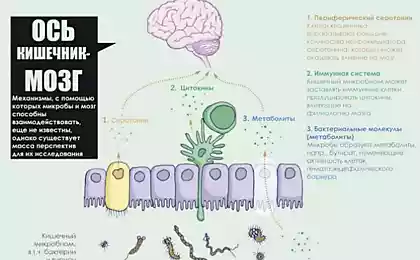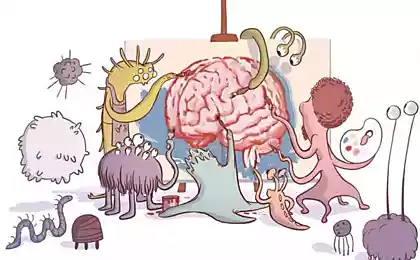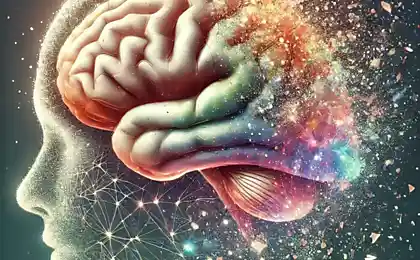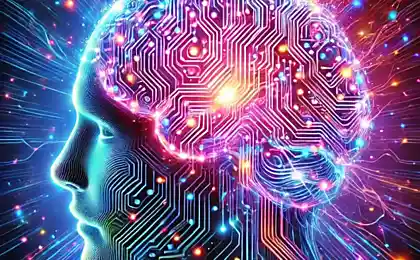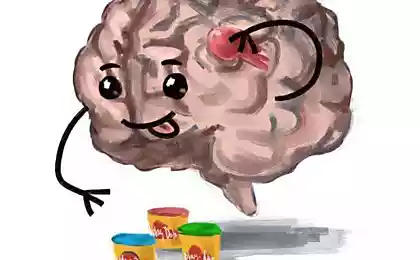286
What happens to our brains when we learn new things?
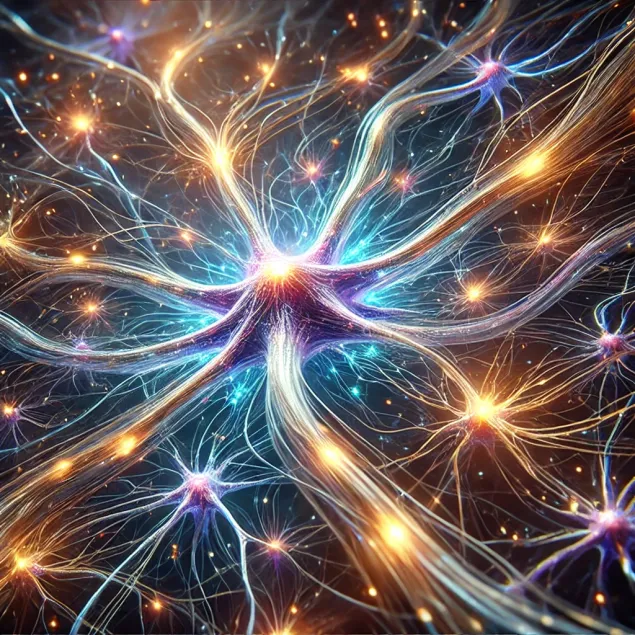
Introduction. The learning process is not just an external assimilation of information, but also a deep restructuring that occurs in the brain of each person. In today's world, where life and technology are changing rapidly, the ability to learn comes to the forefront and becomes a critical factor in success in various fields. However, few people think that when learning a new language, playing a musical instrument or technical skill, we not only acquire valuable skills, but also literally strengthen the structure of our brain. In scientific circles, this ability to rebuild has been called “neuroplasticity”, and it is this ability that underlies the development of our intellectual, creative and social potential. In this article, we look at how the brain forms new neural connections, why regular learning helps keep the mind in good shape, and how these discoveries make our approach to life more flexible and rich.
Neuroplasticity: The Key to Continuous Development
The term “neuroplasticity” (from the Greek neuron – “nerve” and plastikos – “capable of forming”) denotes the property of the nervous system to change under the influence of experience. Previously, scientists believed that plasticity was possible only in children whose brains had not yet reached full development. However, modern research, including Nature and NCBI, shows that the brain of people of all ages retains the ability to rebuild. Mastering new skills, languages and hobbies can increase the activity of certain areas of the brain, form additional neural connections and literally push us to a higher level of cognitive abilities.

How new connections are formed in the brain
Our brains are made up of billions of neurons connected by synapses – bridges that carry electrical and chemical signals. When we encounter new information or try to perform an unusual action, circuits of neurons that were previously used less often or not at all are activated. The more often we repeat an action, the stronger the new connections become: synapses increase and strengthen, and information begins to be transmitted more efficiently.
1. The role of repetition
Repetition is the basis for mastering complex skills. If you learn a new language, then regular practice (reading, talking, exercising) repeatedly activates the same neural pathways. As a result, the synapses between individual nerve cells become stronger, the speed of signal transmission increases, and the skill itself is automated and transferred to long-term memory.
2. Mistakes as a learning engine
Learning mistakes are more than a hindrance or “failure.” Physiologically, they initiate a process of reassessment and adjustment of behavior. When faced with an error, the brain repaints the route, trying to find optimal neural connections. That is why failures are an important part of learning, and their constructive analysis allows you to form a more flexible system of knowledge and skills.
3. Reward for the right actions
When you achieve success, even small ones (for example, when you guess the correct answer in a test or learn how to smoothly transition from one chord to another on a guitar), the brain produces pleasure hormones, including dopamine. This “reward” process serves as a signal that the formed neural circuit is useful and needs to take hold. Thus, a positive emotional response increases motivation to continue practicing.
Learning to keep your mind toned
With age, our nervous system undergoes natural changes: cognitive processes slow down, the speed of information processing deteriorates. However, numerous studies show that active learning, especially associated with intellectual and creative challenges, can slow these processes and even compensate for some age-related changes.
- Memory training: When learning new words or facts, the hippocampus, the brain region responsible for the formation and preservation of memories, is enhanced.
- Developing flexible thinking: Solving non-standard problems forms alternative ways of processing information, which increases the ability to respond quickly to environmental changes.
- Social activity: Co-education (courses, circles, online groups) contributes to the formation of new social contacts and reduces the likelihood of cognitive isolation.
How to improve learning effectiveness
Despite the fact that the human brain has amazing plasticity, there are techniques that help speed up and simplify the process of developing new skills. Here are some recommendations based on scientific research:
1. Diversity of approaches
Try not to limit yourself to one technique: combine reading, listening, writing and practice with a teacher or mentor. Multiple sensory channels involve additional areas of the brain, increasing the overall level of understanding.
2. Rhythm and rest
Constant “clogging” without interruptions can lead to overload and low efficiency. Alternate periods of active work with short-term rest and dreams. During sleep, fresh knowledge is consolidated and formed synapses are strengthened.
3. Engaging emotions
A rich emotional context (interest, sincere curiosity, pleasant surprise) helps the brain to better "remember" the situation. When learning elicits positive feelings, dopamine and other neurotransmitters engage motivation centers more actively, enhancing long-term fixation of new connections.
4. Setting clear goals
Set a specific task for yourself: “Learn 20 new words a week” or “Learn to play a simple melody on an instrument in a month.” This goal-setting helps the brain focus on a specific goal, allocating resources more efficiently.
Unlimited opportunities for development
As we learn something new, our brains are “refreshing” with increasingly complex neural networks. It is this quality that gives us the potential for personal growth and rediscovery in a new age or other professional sphere. Neuroplasticity allows you to maintain a broad outlook, sensitivity to changes and high adaptation to new conditions.
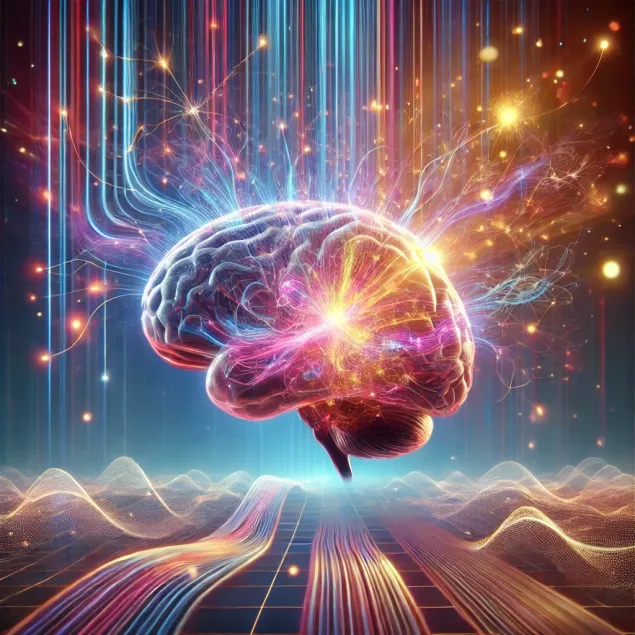
Conclusion
The ability to learn is not limited to childhood or early youth – it is an innate property of our brain that accompanies us all our lives. Neuroplasticity helps the brain form new and strengthen existing connections, and mistakes and successes alternately stimulate its restructuring in the right direction. Regular practice in learning, whether it is learning foreign languages, mastering computer technologies or creativity, allows you to keep your mind in tone at any age. This systematic development not only protects against age-related mental decline, but also gives a sense of self-realization, motivation and life satisfaction.
Ultimately, understanding the nature of neuroplasticity forms a deeper relationship with how we master any skill. When we recognize the potential of our own brains, we gain the key to continuous personal growth and development – and open the way to a rich, eventful and discoverable life.
Green Living Without Bigotry: Simple Habits That Help the Planet
History Daily: How do our ancestors sting?




